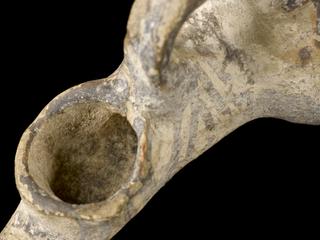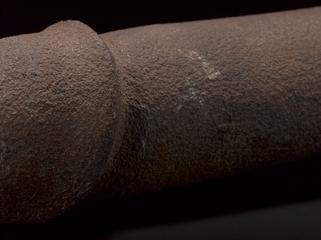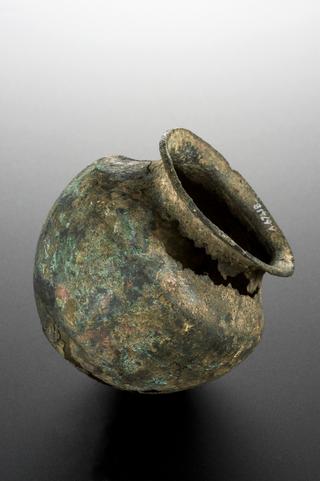
Copy of clay liver used for divination, original from Babylon, 2050-1750 BCE
- Made:
- 2050-1750 BCE in London
- maker:
- British Museum

Babylonian clay liver used for divination, c.2050-1750 BC, copy, 1981
Divination was used by the Babylonians in Mesopotamia in attempts to predict the future, including the course and outcome of an illness or disease. The liver of an animal was interpreted in a practice called hepatoscopy. Specific areas of the body were examined closely and small sticks were placed in the hole of a corresponding clay model, like this one. The pattern of the sticks was examined and interpreted by priests and diviners. The original dates from 2050-1750 BCE and is at the British Museum.
Details
- Category:
- Classical & Medieval Medicine
- Object Number:
- 1982-898
- Measurements:
-
overall: 75 mm x 145 mm x 157 mm,0.37kg
- type:
- liver
- credit:
- Trustees of the British Museum




